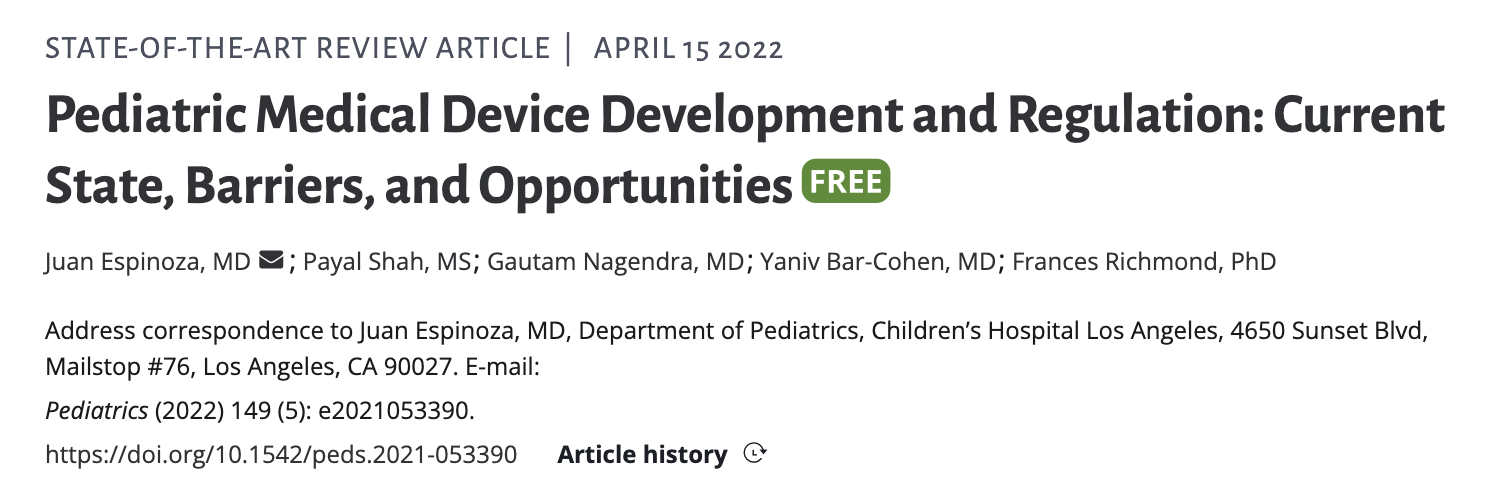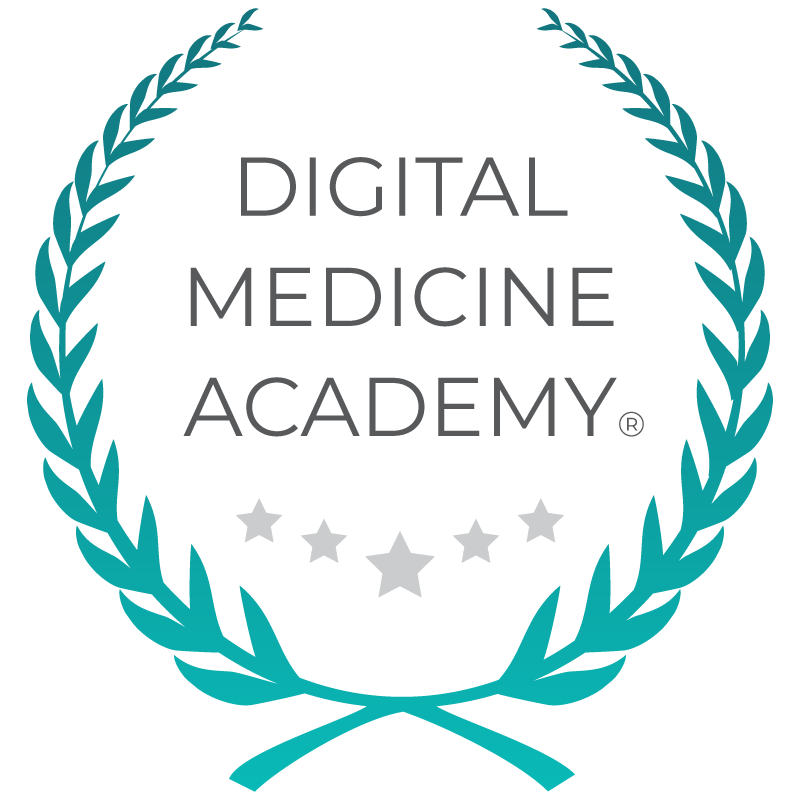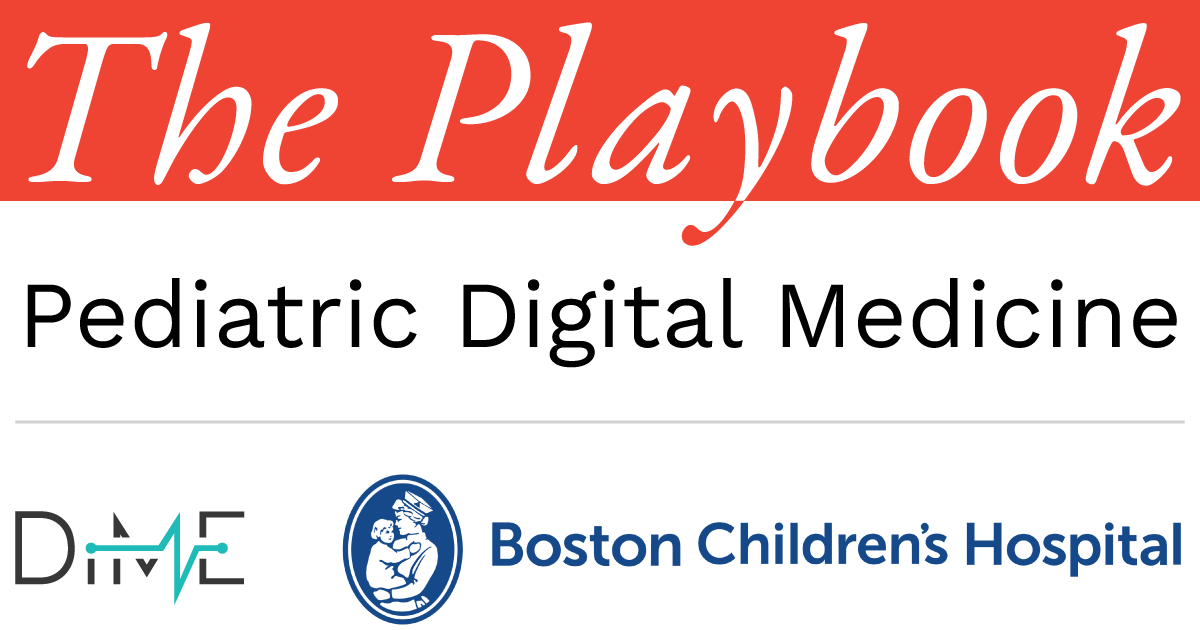
Chapter 2 – Section 2
Children and their care systems

Children and their care systems differ substantially from adults and their health and technology needs evolve constantly. Use this section to support your product development phases and to assess how physical and cognitive abilities impact DHT design requirements.
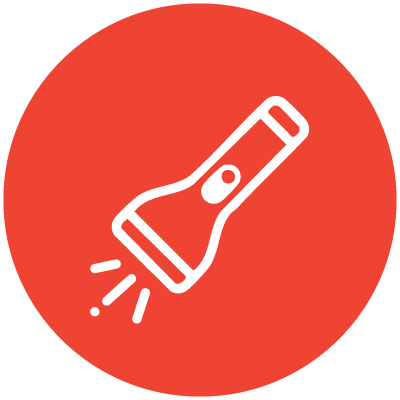
Key insights
“Miniaturized” DHTs are missing the mark
The authors of this article note that “pediatric devices number only a quarter of those developed for adults”, resulting in products that are “miniaturized” for children. This approach overlooks the complexities of children and is resulting in an “innovation gap” between pediatric and adult technologies.
Children are not mini adults
As children change… so do their:
- Cognitive, emotional and physical development
- Caregiver, family, and community relationships
- Health needs
- Relationships to their technologies and personal data
- Abilities to make important decisions for themselves
We’ll follow the stories of Amir, Parker, and Maya to explore how they experience these changes.

Meet Amir
Amir is a 10-year-old African American boy living in a low-income neighborhood in New York City. He has struggled with asthma since he was 7, often experiencing flare-ups triggered by environmental factors such as mold and dust in his small apartment. His mother, Tasha, and father, Bryce, both work full-time and frequently miss signs of Amir’s worsening condition, leading to many unplanned hospital visits, missed school days for Amir, and missed workdays for Tasha and Bryce.
Now, Amir’s pediatrician has introduced a smart inhaler connected to a remote monitoring platform. This inhaler tracks his usage and provides real-time data on his condition, which is shared with Tasha and Bryce and Amir’s healthcare provider. Since adopting this DHT, Amir’s asthma has become much more manageable, significantly reducing emergency room visits and improving his overall quality of life.
Personas illustrate key points in action, showcasing real-world applications and practical scenarios based on fictional personas.

Meet Parker
Parker is a 16-year-old boy from suburban Ohio, diagnosed with Duchenne muscular dystrophy (DMD), a progressive muscle-degeneration disease. His parents, Sarah and John, are separated and share caregiving responsibilities. He uses a wheelchair part-time and attends regular physical therapy sessions to maintain his independence. As Parker approaches adulthood, managing and communicating about his care across two households presents logistical challenges, especially as he begins to assert his own healthcare preferences.
Now, both Sarah and John use a remote monitoring platform to track Parker’s therapy progress, and coordinate with his care providers. The technology has both eased the burden on Parker’s parents and empowered Parker to participate more actively in decisions about his treatment and future.
Personas illustrate key points in action, showcasing real-world applications and practical scenarios based on fictional personas.
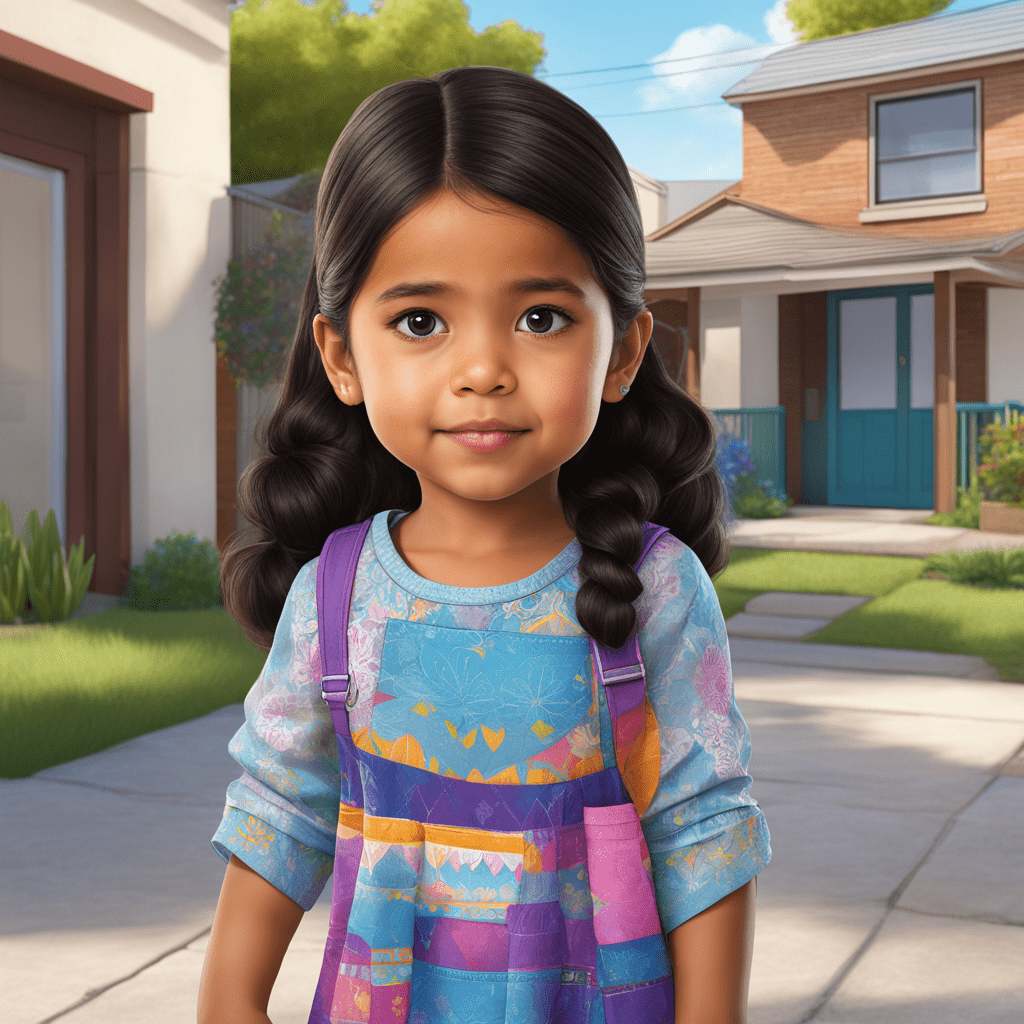
Meet Maya
Maya is a 3-year-old Hispanic girl living in a middle-income neighborhood in suburban Texas. She was diagnosed with epilepsy shortly after turning 2. Managing her condition is a constant concern for her parents, Isabel and Marco, who worry about sudden seizures and disruptions to Maya’s daily life.
After being introduced to a remote monitoring device that tracks Maya’s symptoms in real time, her parents feel more assured. The DHT alerts them and Maya’s healthcare team immediately if her condition worsens, allowing them to respond quickly and prevent serious episodes. This change has brought peace of mind to Isabel and Marco, who can manage Maya’s care more confidently and feel more confident about her attending preschool and doing more age appropriate activities.
Personas illustrate key points in action, showcasing real-world applications and practical scenarios based on fictional personas.
As children change, so do their relationships with caregivers, healthcare professionals, and technology
Children vary in chronological and developmental age. Their skills, capabilities, and autonomy to make decisions can differ. Make sure to adequately understand these nuances and how to accommodate these needs of the care system.
Source: CDC, FDA, Playbook Team Analysis, AAP, Pew Research, NIH, Rasmussen, Center for Online Safety
Children’s care systems and decision-making autonomy change over time

Caregivers as the main health manager
Young children are nearly fully reliant on caregivers to manage their health.

Children begin gaining autonomy
As children begin owning devices and transitioning into adolescence, they also gain autonomy in their care management and start earning certain legal rights.

Teens gain full autonomy over care decisions
As children surpass the legal age of consent and gain full autonomy over their care, the role of the caregiver changes substantially and ushers in a dynamic time of transition.
A continuum of child health and categories of DHTs
Pediatric health needs exist along a spectrum—from wellness and prevention to care management and coordination for sick patients. This continuum acknowledges that children’s health can vary widely, and specific conditions can manifest differently in each child.
Along this continuum, DHTs can be categorized into four groups:

Preventative care starts by engaging children and families in their health journey, encouraging lifestyle choices that reduce the risk of illness. DHTs can empower proactive care by offering:
- Education: Engaging apps and games that teach kids about nutrition, exercise, and mental well-being, promoting healthy habits in an age-appropriate way.
- Monitoring: Wearables and apps that track physical activity, sleep, and mood indicators, providing real-time insights that encourage children and families to maintain positive health routines.
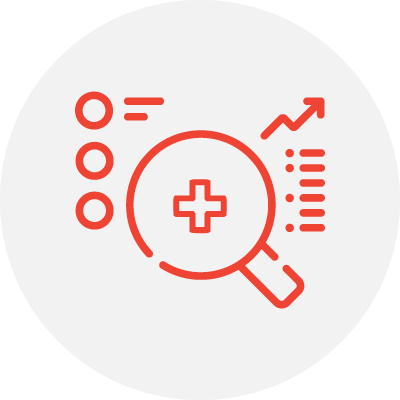
Timely detection can dramatically improve pediatric health outcomes, offering interventions when they can make the most difference. DHTs can enhance access to early screening and assessment through:
- Remote screening tools: Digital platforms and telehealth services that support developmental check-ups and health screenings, helping caregivers and providers catch issues before they escalate.
- Remote monitoring and reminder tools: Wearables and connected devices can help capture more relevant and real-time information from patients and caregivers.
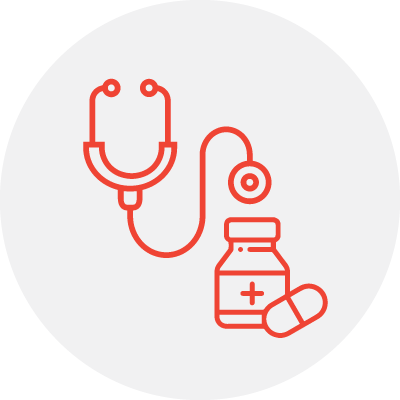
Effective care depends on continuous support and seamless communication among caregivers, clinicians, and patients. DHTs can streamline complex care management by enabling:
- Care coordination: Integrated tools that connect healthcare providers, families, and schools, ensuring shared understanding and consistent support for the child’s care needs.
- Monitoring: Devices, wearables and health apps can all capture real-time data and insights, alerting caregivers and clinicians to emerging issues and potentially reducing emergency visits.
- Treatment delivery: From smart insulin pens to digital therapeutics for mental health, DHTs facilitate the actual delivery of therapeutic interventions.
- Clinical decision support: Advanced tools that assist clinicians in making informed care decisions, tailored to pediatric needs and developmental stages.

Improving pediatric health at scale requires addressing the systemic barriers and disparities that affect children’s well-being. DHTs can advance population health efforts by:
- Community health outreach: Digital tools that promote public health messages, connect families with local resources, and facilitate healthy behavior changes across communities.
- Data-driven insights: Aggregated data from pediatric DHTs allows for a broader view of trends, helping public health officials spot risks and allocate resources to areas with the greatest need.
- See how our partner organization connects families in need with local resources.
How our personas fit onto the continuum

Maya’s journey along the care continuum
Categories: Screening & diagnostics, Treatment & coordination, Population health![]()
![]()
![]()
Maya’s epilepsy requires close monitoring and specialized care, but her family struggles with limited local resources for pediatric neurology. The nearest specialist is hours away, and without reliable screening options close to home, Maya’s parents often delay necessary check-ups. Treatment coordination is also difficult, as they try to balance work demands with Maya’s continuous care needs. Additionally, as a part of a rural, underserved community, Maya’s family faces barriers in accessing resources that could support their long-term management of her condition, such as educational and community health programs.
A DHT Solution
Wearables and treatment coordination: Maya’s care team prescribes a wearable seizure monitor, used off-label, to continuously track her vital signs and detect potential seizures. This device provides real-time alerts to her parents and doctor at the first sign of abnormal activity, facilitating faster response times and reducing emergency visits. Maya’s care team also leverages a secure, cloud-based care coordination platform that connects her parents, school nurse, and neurologist. This platform enables the team to share updates, treatment plans, and school accommodations in real time, fostering seamless communication across settings.

Amir’s journey along the care continuum
Categories: Wellness & prevention, Treatment & coordination, Population health![]()
![]()
![]()
Amir’s asthma symptoms are aggravated by environmental factors in his home, but regular access to care is a challenge due to transportation issues, long wait times at the clinic, and lack of health insurance to cover his medications. His parents, Tasha and Bryce, are working to address Amir’s condition preventively by avoiding common triggers, but they struggle without real-time support or guidance on managing his asthma day-to-day. Population health resources targeting urban areas impacted by poor air quality could better support families like Amir’s with proactive measures.
A DHT Solution
Clinical decision support and integrated monitoring tools: Amir’s pediatrician uses a clinical decision support system linked to Amir’s wearable asthma monitor, which tracks his respiratory patterns and environmental exposures. This system analyzes data in real time, providing actionable recommendations to his doctor and sending alerts to his parents when potential triggers or symptom patterns emerge. The platform also integrates with a telehealth app, allowing Tasha and Bryce to consult with Amir’s care team without needing to travel. On a broader scale, population-level data gathered from these devices helps inform urban air quality initiatives and policy changes, aiming to reduce asthma triggers in high-risk communities like Amir’s.

Parker’s journey along the care continuum
Categories: Wellness & prevention, Treatment & coordination![]()
![]()
Parker’s condition requires specialized care as his Duchenne muscular dystrophy (DMD) progresses, making treatment coordination essential to ensure his continued wellness. Due to limited local resources, his family must frequently travel for out-of-state appointments, which adds stress and disrupts continuity of care. They are committed to supporting his overall wellness through regular physical activity, which is increasingly difficult to manage as his mobility changes.
A DHT Solution
Digital platforms for care coordination and adaptive support: Parker’s care team adopts a centralized digital platform that connects all his specialists, enabling seamless communication and streamlined care plans. This platform includes adaptive physical therapy tools designed for children with mobility challenges, offering instructional videos and progress tracking tailored to his specific needs. Additionally, an AI-powered resource finder suggests local support programs, equipment loans, and in-home care services, reducing the need for frequent travel while empowering his family to manage his wellness and care more effectively.

Children are not small adults
Children are not small adults. Rather than simply scaling down adult medical treatments and digital health technologies, we must develop pediatric-specific solutions that recognize children’s distinct developmental stages, the complexity of their care networks, and their unique patterns of technology engagement. The health needs of children are diverse and complex, spanning wellness and prevention to acute treatment and long term management. This complexity presents significant opportunities for DHTs to enhance care delivery and outcomes.
To effectively address these needs, product development teams must adopt an evidence-based approach that includes clinical subject matter experts, ensuring that every DHT is tailored to directly address the practical challenges children and their caregivers encounter daily



